The foundation of effective SEO starts with understanding what your target audience is searching for.
Discovery Phase
- Core Business Terms Your products, services, and main offerings
- Customer Language How your audience describes their needs
- Industry Terminology Specific terms used in your field
Analysis Phase
- Search Volume
- Competition Level
- User Intent
Implementation
- Primary Keywords Main focus terms for homepage and core pages
- Long-tail Variations Specific phrases for targeted content
- Content Mapping Matching keywords to specific pages
Pro Tips
Begin with lower competition, long-tail keywords for quick wins
Monitor rankings and adjust strategy based on performance
Ensure keywords align with your content's purpose


